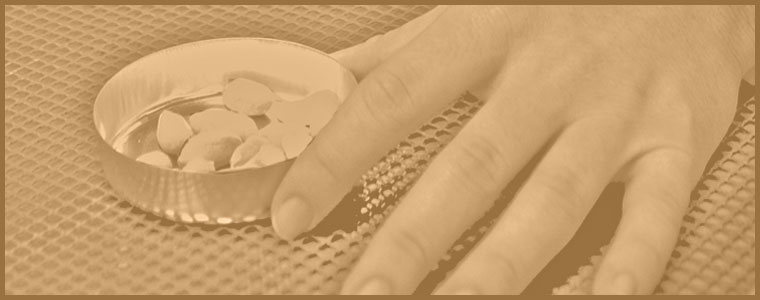A University of Florida scientist has moved one step closer to his goal of eliminating 99.9 percent of peanut allergens by removing 80 percent of them in whole peanuts.
Scientists must eliminate peanut allergens below a certain threshold for patients to be safe, said Wade Yang, an assistant professor in food science and human nutrition in UF’s Institute of Food and Agricultural Sciences.
If Yang can cut the allergens from 150 milligrams of protein per peanut to below 1.5 milligrams, 95 percent of those with peanut allergies would be safe. It’s challenging to eliminate all peanut allergens, he said, because doing so may risk destroying peanuts’ texture, color, flavor and nutrition. But using novel methods like pulsed light, he hopes to reach an allergen level that will protect most people.
Yang, whose study was published online in the journal Food and Bioprocess Technology, cautioned that more research, including clinical trials on animals and humans, is needed.
Two years ago, Yang was using his technique on peanut extract. He’s now testing it on the peanut itself. In his 2012 study, he removed up to 90 percent of the allergic potential from peanut protein extracts.
“This process proves that pulsed light can inactivate the peanut allergenic proteins and indicates that pulsed light has a great potential in peanut allergen mitigation,” Yang said.
About 1.9 million people, or 0.06 percent of U.S. residents, are allergic to peanuts, according to the National Institute of Allergy and Infectious Diseases, part of the National Institutes of Health.
Reactions can range from skin rashes to anaphylaxis, which can be fatal. Currently, the best way for those allergic to peanuts to stay safe is to avoid them, according to the NIH. Many people carry epinephrine injectors that help offset their allergy symptoms until they reach a hospital.
In the latest study, Yang and his colleagues applied the pulsed ultraviolet light technology to whole peanuts. That makes the findings more useful, because peanut processing usually starts from whole-peanut roasting, and roasted peanuts are then packaged to sell as whole peanuts or made into peanut butter, he said.
“The latest study moves one step closer to the actual production,” Yang said.
For the study, Yang used a pulsating light system — two lamps filled with xenon, two cooling blowers, one treatment chamber with a conveyor belt and a control module — to direct concentrated bursts of light to modify the peanut allergenic proteins. That way, human antibodies can’t recognize them as allergens and begin to release histamines.
Histamines create allergy symptoms such as itching, rashes and wheezing. The pulsing light reduced the allergenic potential of the major peanut proteins Ara h1-h3.
Wade Yang, wade.yang@ufl.edu
[divider scroll_text=”back to top”]

